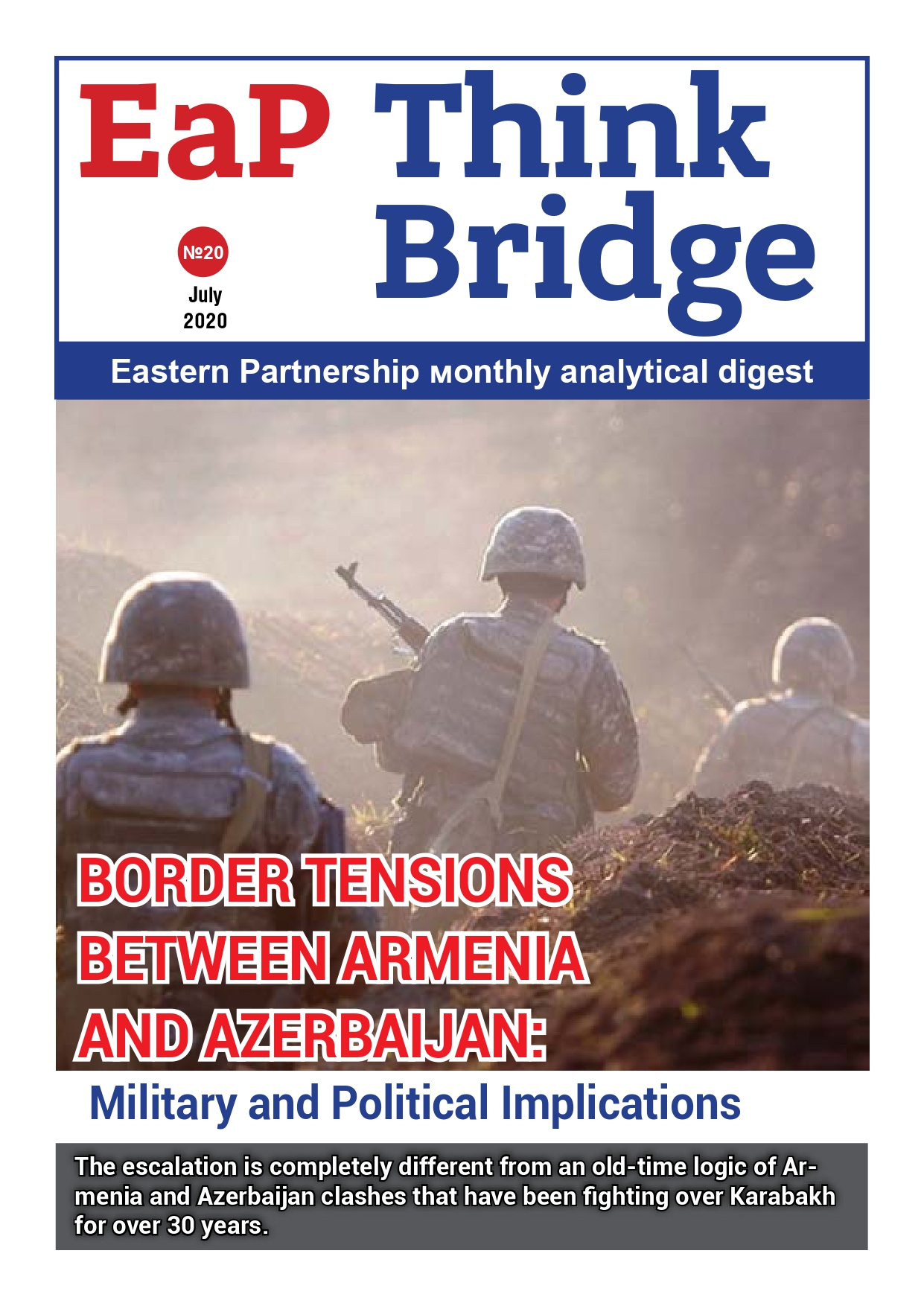The main events of 2016 in Ukraine include: the resounding resignations and emergence of new political players; movement on the thorny path of reforms; unstable economic growth amid increasing social demands; the on-going war with Russia and negotiations with the European Union, as well as the increasing turbulence of the international system, which is also reflected in the domestic policy.
Domestic Policy: “Fresh Faces” & “Old-Time Leaders”
The change of the government is among the most resounding political events of 2016. In April, Arseny Yatseniuk resigned and was replaced by Vladimir Groisman’s government. Many experts suggested that the government’s resignation would lead to the coalition rupture and early elections, but President Poroshenko and Yatseniuk managed to find a compromise and avoid that scenario.
No less resounding resignations shook Ukraine at the end of the year, when, in November, Mikheil Saakashvili left the office of the Head of Odesa Regional State Administration, which caused a domino effect—resignation of the so-called Georgian team members: Chief of the Main Department of the National Police of Ukraine in Odesa region Giorgi Lortkipanidze and the Head of the National Police of Ukraine Khatia Dekanoidze. Saakashvili’s new political power aims to take the place of the off-system opposition.
The people’s deputy of Ukraine Nadezhda Savchenko and her movement RUNA seem to try to carve out the same niche. Savchenko’s political career story is a whirlwind. A servicewomen, illegally captivated by Russia and convicted there, she has been in the centre of attention of the Ukrainian and world media for a long time, having become a self-sacrificing symbol. Due to the difficult negotiations with Moscow, Savchenko was released on May 25, awarded the title of Hero of Ukraine, and took her place in the Ukrainian parliament. Now she is promoting the ideas of direct talks with the leaders of terrorists in the so-called “Donetsk and Luhansk People’s Republics”, acts as an opponent to the authorities in power, and, directly or indirectly, accompanies the forces opposing to President Poroshenko’s policy.
Despite the political instability, Ukraine continued advancing on the path of reforms
Despite the resounding resignations and new political players, the Ukrainian voter’s preferences in 2016 remained on the side of the “old-time” political forces. At year-end, the “finalists” of the presidential election in 2014 —Yuliia Timoshenko and, currently a little behind the latter in the ranking, Petro Poroshenko — remain the leaders of electoral preferences.
It should be noted that, despite the political instability, Ukraine continued advancing on the path of reforms. The notable examples of success in this direction include: implementation of the public servants’ electronic income reporting carried out under the pressure of the public and the EU institutions; launch of public procurement procedures via the Prozorro electronic system (which greatly reduced the corruption level during government tenders); and introduction of the public servants competitive selection scheme, which has become a major step to the reforming of the Civil Service of Ukraine as a whole.
Economy: Slow Growth Against High Expectations
Political instability reflected in the Ukrainian economic indicators. In the third quarter of 2016 Ukraine’s GDP increased by 1.8 % as compared to the third quarter a year before. Fitch Ratings upgraded the forecasts of Ukraine’s economy growth in 2017 up to 2.5 % as compared to the previous forecast of 2 %. However, such indicators are not sufficient enough to improve the social situation against the background of increasing social demands. Even the attempts of the Cabinet of Ministers in power to increase the social component of the economy — in particular, the minimum wage growth up to UAH 3,200 (about USD 120) — in 2017 may not be enough to protect the government from large-scale social protests.
Foreign Policy: Russia, the EU, Achievements & Failures
The conflict with the Russian Federation remained the dominant topic in the foreign policy of 2016. Approving of the Ukrainian edition of the Resolution on “The Situation with Human Rights in the Autonomous Republic of Crimea and Sevastopol (Ukraine)” by the United Nations was the achievement of the Ukrainian diplomacy. However, despite some Ukraine’s victories on international platforms, there is no reason to talk about any sufficient progress in resolving the situation. Russia accused Kyiv of organizing the sabotages in Crimea. Ukraine’s conducting of military drills resulted in threats from Moscow to hit straight the Ukrainian missile launchers. In November—December 2016, the OSCE representatives registered the record number of violations of the ceasefire since the establishment of the OSCE Special Monitoring Mission in 2014. Thus, the complex of circumstances indicates that it is no use expecting the settlement of relations with the Russian Federation in the near future.
Some progress is noticed in Ukraine’s relations with the EU. For instance, the Free Trade Agreement between Ukraine and the EU came into force on January 1, 2016. At the same time, smaller results were achieved by Kyiv in negotiations with the EU on the granting of the visa-free regime for the citizens of Ukraine, and blocking of the Association Agreement final ratification by the Netherlands may be regarded almost as a failure on the European direction. The situation may grow worse in 2017 on the back of the elections in France and Germany and the assumption of power in the US by Donald Trump’s administration, which did not show any affection to Kyiv.
The above says that the achievements in 2016 remain limited by the unstable political situation in Ukraine, the EU, and the US. Accordingly, the Ukrainian domestic and foreign policy and economy will be still full of challenges next year.



